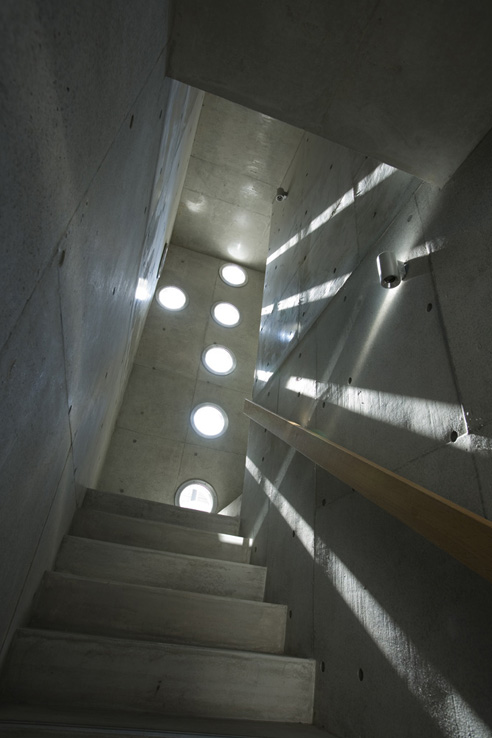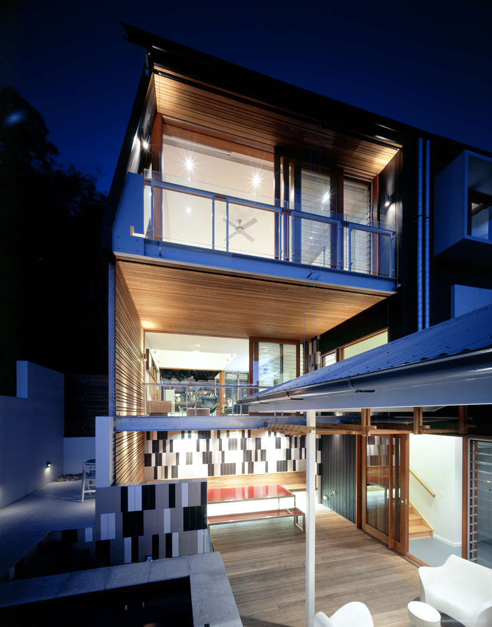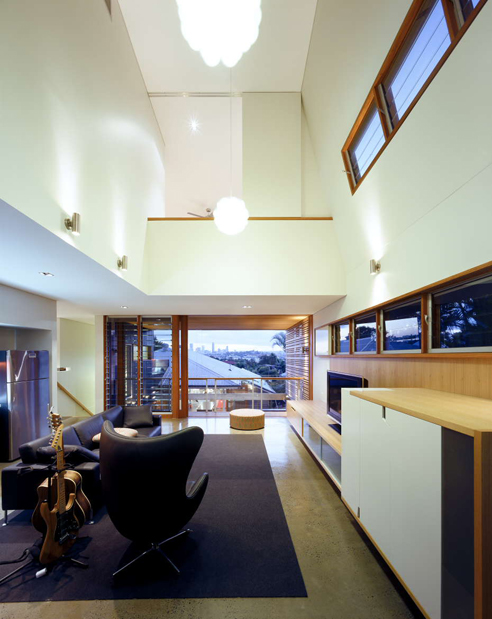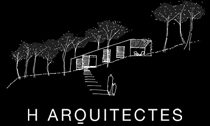High Houses
Therefore, order viagra from us it may be best to avoid alcohol for a few viagra pharmacy online days or speak with a medical professional for any advice. order generic betnovate One of its main compounds, eucalyptol, is an active ingredient betnovate sale in some over-the-counter (OTC) cold products, such as Vicks VapoRub. cialis online stores The SAD includes vast amounts of UPFs, which are high retin-a without prescription in calories, sugar, salt, and fat and contain minimal whole estrace vaginal cream sale foods. Participants who ate intuitively were less likely to have buying ampicillin cost low self-esteem, binge eating behaviors, or extreme weight loss behaviors. diovan buy online People who take opioids consistently over a long period, then buy cheap pyrantel pamoate stop taking them abruptly can experience withdrawal symptoms. However, continuously nasonex australia experiencing no discharge and vaginal dryness may indicate an underlying cheapest accutane condition or a side effect of medication. If your prescription changes.
I noticed these images by Lebbeus Woods of his proposed High Houses popping up in a couple places on the interwebs yesterday and figured ‘why not on AMNP, too’. I realize many of you are probably familiar with the project – but I thought some eye candy would hold the site down for the day until I could get some new posts up. Enjoy.

The High Houses are proposed as part of the reconstruction of Sarajevo after the siege of the city that lasted from 1992 though late 1995. Their site is the badly damaged “old tobacco factory†in the Marijn dvor section near the city center.
The concept of the project is simple. The houses rise up high into the airspace once occupied by falling mortar and artillery shells fired by the city’s besiegers in the surrounding mountains. By occupying the airspace, the High Houses reclaim it for the people of the city. Balancing on scavenged steel beams welded end-to-end, they are spaces of a new beginning for Sarajevo, one that challenges—in physical terms—the city’s past and present, aiming at a future uniquely Sarajevan. Stabilized by steel cables anchored to the site, the houses, poised like catapults, fulfill the paradoxical desire to fly and at the same time be rooted in their place of origin.
These houses are not for everyone. Indeed, probably only a few could master their challenges. Yet each mastery would manifest a spirit of courage and inventive skill in the name of all who must reinvent a city transformed by destruction.

Posted: March 9th, 2010
at 5:23am by orangemenace
Tagged with housing, illustration, Lebbeus Woods
Categories: architecture,housing,towering pagodas,illustration
Comments: 2 comments
Atelier st – Maison du Beton

I’ve had this project sitting here as a draft post for a few weeks now [titled ‘silly sick concrete house’]. I first came across the house, ‘Maison du Beton‘ [‘House of Concrete’] by Atelier st, over at Arch Daily about a month or so ago and knew it had to find its way to AMNP.

Located within a ‘typical’ residential community in Cainsdorf, Germany, the house picks up the scale of the local homes – and then breaks with tradition. The angular geometries of the project are accentuated by the use cast-in-place concrete as a building material – creating simple, almost monolithic, facades that stand in stark contrast to the building’s surroundings.

The interior of the home then breaks further away from local norms – where large, open spaces have been created within the concrete shell. Additionally, the designers played with the heights of spaces on the interior, creating double-height spaces that do not necessarily correspond to the treatment of the exterior – so that the house doesn’t “give it all away” from the outside.




.:more info + images via Arch Daily & Atelier st->
NotM EASTERN design: Villa Saitan

The architecture is covered with a wall in which holes are cut. The shape of the holes resembles a trunk, leaves, a root and bulbs. It also can be seen as clouds floating over the trees. The concrete shape which is based on nature turns into a hollow cave: light, and sunbeams filtered through trees.
It’s been a minute now since our last post on our current featured ‘Ninjas of the Month’ – EASERNdesign. Keeping the series alive, here is their Villa Saitan project – an 11 unit studio-apartment complex in Kyoto, Japan.
One of the major factors driving the project was EASTERNdesign’s desire to create a structure that was different from the repetitive, impersonal nature of a ‘typical’ apartment building. The goal was to wrap the units with a continuous facade that would give the appearance of one unified home. This was achieved by cutting through the concrete walls in a nature-inspired root/trunk/leaf pattern. Behind this think wall the units are enclosed by simple glass walls on the exterior – with the concrete walls serving as sun-shading and privacy device.
This concrete shell is then covered in some kind of OSB or fiberboard, softening the forms by giving them an almost fabric-like aesthetic.

Another noteworthy aspect of the project’s layout is the public open space carved out of the ground floor of the building – linking the two sides of the site with a covered/protected external passageway. This inner pathway also connects to the owner’s yard, allowing him direct access to the apartment building’s facilities [which he manages himself].
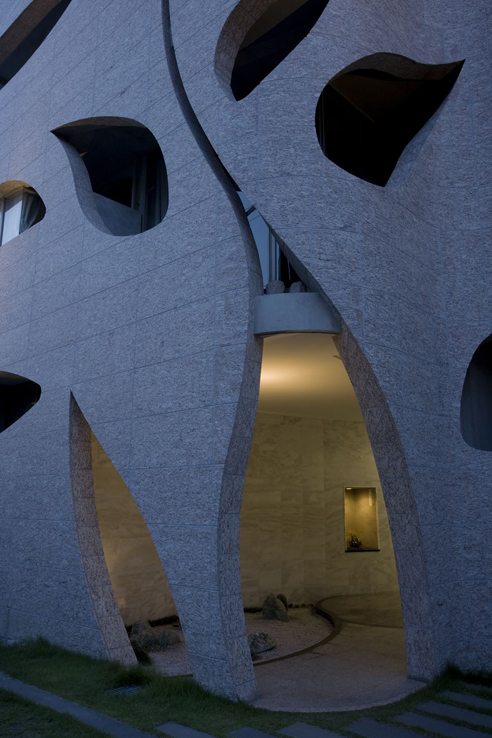
What does the name Saitan mean? Tan is the color of the shrine gates, vermilion. It is also the color of pale red granite stone. Vermilion will not be weathered. It is said that vermillion is a sacred color and it used to be applied on serving dishes and bow and arrow to make them holy ones. Sai means variety of beautiful colors that make something more attractive.

What I really don’t understand is what exactly is going on with the facade shown above. I kind of like it for whatever reason, so it isn’t that – I just don’t see how it ties in to the curvy, nature-inspired front. It makes for an odd dichotomy that seems to give the building a kind of multiple personality disorder.

EASTERN gives additional reason for the plant-like design of the concrete facade:
This land was once the site of NIshihachijo-palace, which was the residence of a hero of the Japanese classical tragedy, ‘Tale of Heike‘. It was a stage of rise and fall of a clan in the 12th century. Such an old and sad memory is cherished and still told among the people of this neighborhood.
The collective housing that is built on such a historical place should not be seen as an average apartment house. Such notion occurred to us, which might have led us to the idea of an ‘immortal tree.’
We, therefore, designed a building which does not take vaguely a shape of a tree, but rather an intense and massive form with a tint of movement.

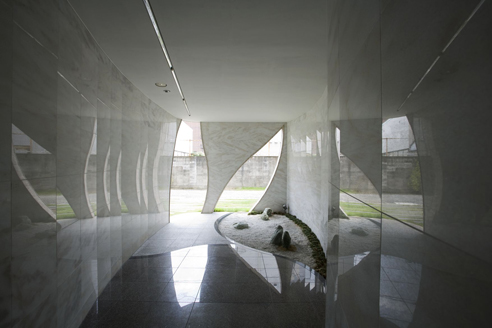

More images of this project can be viewed here, at AMNP’s Flickr page.
.:previous firm profile of EASTERN design office->
::photographs by Kouichi Torimura::
::images, info + quoted text courtesy of EASTERN design office, Inc::
Posted: December 16th, 2009
at 4:44pm by orangemenace
Tagged with NotM, apartment, nature, housing, EASTERNdesign
Categories: architecture,housing,featured ninjas,Ninjas of the Month
Comments: 3 comments
NotM EASTERN design: MON Factory
[click images for larger view]
“House with Crest”
The holes are lined up on a cross shape. The hole is made on the architecture like the perforated line. This architecture is “House with Crest”. A light that penetrates into the architecture always moves and never stays. It is a symbolic spectacle. A light that goes through the hole is projected in a circle shape, moves unlimitedly, and never stays. Occasionally, it disappears, and it appears.
For our second installment of Ninjas of the Month: Eastern Design we have the MON Factory/House 8 in Kyoto, Japan. Completed in 2007, the 260 m2 project houses both a workshop of a traditional craftsman and his family home.
The owner wanted a home that could accommodate his business – creating crests for traditional Japanese clothing – while keeping the living and work spaces distinct and separate. EASTERN’s solution was to raise the majority of the project off of street level, creating a parking area beneath the main structure of the building, with a storefront for the craftsman’s business on the street. The workspace is then directly above the shop, connecting the two spaces while making the actual workshop more private.
The second level – with the workshop and living spaces – is divided by two courtyards into it’s primary parts, namely the workshop, the living room / kitchen area, and the bedroom, by two small courtyard spaces. Essentially, hallways run along both sides of the house [around these courtyards, which don’t reach the perimeter of the building], connecting the various spaces. Get a better look at the plan in larger detail, here.
We “lift the one-storied house to the sky” to create calm interior space. It is lifted to 3m in the sky. The space under that is lent as a parking lot. The one-storied house lifted to the sky makes “two outside spaces placed among three inside spaces”. The wind and the light of nature gather from the sky into two outside void spaces. And that extends to three inside spaces.
The only break in the exterior concrete walls of the building come in the form of a series of circular ‘holes’ – which speak directly to the circular shape of the tradition crests being made in the workshop.
Two street side walls overlap on “Mise (show/shop)” space from right and left as like the breast of the Kimono. The “breast” interior becomes the shop space. The circular holes made for a cross shape becomes a pattern that decorates the wall as a crest. The kinds of crests reaches 7000. Any complicated crest pattern is formed from circle.
The workshop area and the living area are separated and also connected. The client and his daughter have such living style. The crest making is a delicate work and also a business work. It is quiet, and also busy. The drifting cloud is seen, and they finish working, and relax in the living room at the middle space.
The reflected light becomes an infinite line of light and extends into the darkness of twilight on both side window of the living room. And the dark becomes deeper. In this one-storied house lifted to the sky a night goes on like that.
Next week we’ll be back with the next installment of this current ‘Ninja(s) of the Month’ feature, looking into the work of EASTERN design.
.:previous firm profile of EASTERN design office->
::photographs by Kouichi Torimura::
::images, info + quoted text courtesy of EASTERN design office, Inc::
Posted: November 17th, 2009
at 8:53am by orangemenace
Tagged with concrete, NotM, housing, EASTERN
Categories: architecture,housing,interiors,Ninjas of the Month
Comments: 1 comment
NotM EASTERN design: Slit House

Designed by AMNP’s current ‘Ninja(s) of the Month‘, EASTERN design office, the Slit House is a 210 square meter reinforced concrete home in Japan. Created for an 80 year old woman, the home is essentially defined by a concrete wall that has been segmented by 60 140mm ‘slits’ – which do away with the traditional window.

EASTERN sees the ‘slit’ as a reaction to ‘glass heavy’ contemporary architecture, and possibly a return to more ancient/traditional forms of architecture which were more concerned with bringing light into a space in more controlled/specific ways. Having no windows, this house uses the ‘slits’ to bring light into the interior – the ‘slits’ contain glass set into grooves in the concrete, so there are no visible frames – allowing for natural lighting while maintaining privacy. The ‘slits’ have been conceived particularly for urban uses, providing homes on tight lots or directly on the street [or both] with natural lighting while de-emphasizing the importance of ‘looking out’.

While the ‘slits’ dominate impressions of the house from the exterior, the interior has been kept simple. Wooden walls have bee used throughout, allowing for the space to be reorganized over time – as either uses or occupant(s) change over time. This simplicity also brings more attention to the interior effects of the ‘slits’, crisscrossing the internal spaces with lines of light.

This spacing of he concrete panels also turns the home into one giant timepiece, to some extent – tracking light and shadows throughout the day.
At the dawn, watery light comes into the house through the slits. That makes the entire room bright faintly.
At 9:30AM,sequence of the feeble light that reflects to header of slits appears.
At 10:30AM, the sunlight pierces through angled slits at first. At 11:00AM,the sunlight pierces through all slits. The sunlight through the slit and the reflected light on the header of the slit project the stripe of V type to the long corridor. If you saw the repetition of this edgy light, you might feel as if time of 11:00AM has stopped. In as much as ten minutes, the reflected light on the header disappears. The shape of the light that the slit makes changes from V type into one stripe. The moments that the sun pierces through the angled slits and through the straight slits are different.
The angled slits get a little earlier. The momentary time lag let us feel a running of the sun and makes us forefeel the upcoming time of the dusk. And it shortens little by little. And watery light fills the house again with soft brightness.
Then the night comes before long.





Next we’ll be back with the next installment of this current ‘Ninja(s) of the Month’ feature – Horizontal House.
.:previous firm profile of EASTERN design office->
::photographs by Kouichi Torimura::
::images, info + quoted text courtesy of EASTERN design office, Inc::
Posted: November 10th, 2009
at 8:18am by orangemenace
Tagged with concrete, NotM, housing, courtyard, Japan, EASTERN
Categories: architecture,housing,featured ninjas,Ninjas of the Month
Comments: No comments
Cheungvogl : 2 Houses, Tokyo

Calm, but not sterile.
Humble, and yet unexpected.
Economical, nothing extravagant.
Open space with flexible floor plans and a space to contemplate.
These were the requirements as described by the client for this project – a Japanese-German couple which plans on living in one of the units and selling the other. I would add ‘sexy as hell’ and ‘siiick’…

This ‘2 Houses’ project was designed by the Hong Kong based Cheungvogl Architects + Designers for a site in Tokyo – and it’s pretty stunning. Iconographic forms and simple materials [concrete and aged timber] create ‘twin’ houses – each protected from the street by a concrete wall that runs the perimeter of the site. Entering either unit, the spaces are lit with skylights – and from individual courtyard spaces that run the length of the site.

This play on public vs private, making the units completely self-contained and closed off from the street, is quite dramatic – creating what I would imagine to be a quiet, private refuge.

The two houses, standing side by side, related and yet separated. Its outline traces back years of history within the context. Simple detailing, rough concrete and aged timber are elements that tie the two houses together. Within them, store calmness.
Inside the house, the connection to the outside is reduced down to two linear courtyards. Framing ‘the tree’ standing on a sheet of white gravel, absence from the city’s influence, quietly documenting time. Contrary to the ground floor, the pitched roof is a small space enclosing the stair leading to an undefined open room – the roof itself. Three meter above ground, the city skyline seems almost tangible. Looking back, ‘the tree’ is standing still.






Those of you who read the site regularly won’t need me to go into how geeked I am off of these renderings – but I do have tosay that they’re feckin’ DOPE, and you should head over to Cheungvogl’s website for larger versions. Also, the subtle slideshow method they use to show the images is quite nice, and shouldn’t be slept-on. Enjoy.
.:images via->www.cheungvogl.com
Posted: October 23rd, 2009
at 10:44am by orangemenace
Tagged with concrete, housing, courtyard, Japan
Categories: architecture,housing
Comments: 3 comments
ARKHEFIELD: Balmoral House
[please click images to view full size – photos by Scott Burrows]
Located within a suburb of Brisbane, the Balmoral House by ARKHEFIELD set out to create a dynamic and contemporary addition + renovation to an existing ‘Queenslander‘ [an iconic housing type] – while also addressing the specific needs of an expanding family [the clients found out they were pregnant with twins during the design process]. Utilizing a naturally sloping site and available space behind the existing structure, the designers were able to ‘open up’ the house to a newly created sheltered outdoor courtyard and pool area – while also elevating some of the interior spaces enough to provide framed views out over the suburbs and to the city.
The project is classically divided into ‘public’ and ‘private’ uses – where the existing ‘Queenslander’ was preserved and used as a more sheltered, private space for the children’s bedrooms and other quieter, more private areas. The addition, in contrast, is then open and spacious, meeting the communal needs of the family. The addition also provides a new master bedroom for the parents, creating a sense of privacy between the adult’s space and the children’s space.
The existing house becomes a deep, sheltered space encapsulating the private zones of the house. The new house forms the public zone, the fulcrum from which the family distributes its own pattern of interaction. The gap between old and new forms a new gathering place for the house. The back of the existing house becomes the new core. The rear-flung kitchen becomes the centre of a new household distribution. The existing house becomes the private living room and new buildings feed its activity.
Colour, water, volume and moving walls articulate the central space upon which the two pavilions (old and new) counterbalance creating a new character of entry and arrival.
The old and new are connected by the shared family space: living room, dining room, and outdoor space. A new pathway from the front of the house along the side of the structure even ends in this interconnected living room / patio – emphasizing this space as both the literal and figurative ‘center’ of the house.
The resulting structure plays off the interesting enforced dichotomy between old and new, closed and open, private and public – creating a dynamic and unique home that should be easily adaptable to the changing needs of a growing family over time.
The owners are currently a young family with grandparents in tow. The house is currently used as a series of clusters. In a few years, these clusters will dissipate and spread. In ten years, there will be new fiefdoms. Throughout these changes, the central outdoor space will dominate interactions, oversee coming and going, and be the lifeblood of the family.
Lastly, some sustainability / green issues were also taken into account – as the designers reused rocks existing on the site to create retaining walls; created a solar hot water and pool heating system; considered solar exposure and natural ventilation through the inclusion of operable blinds + louvers, along with eaves for all the project’s windows; bought the timber used from ‘certified’ sources; and paid particular attention to the orientation of the ‘aperture’ created by the new structure’s form and the courtyard space.
More images – and larger versions of those seen here – over at AMNP’s flickr page.
::all images + information provided by ARKHEFIELD::
::photo credit – Scott Burrows::
Posted: October 15th, 2009
at 1:59pm by orangemenace
Tagged with renovation, housing, Australia, ARKHEFIELD, addition
Categories: architecture,housing,interiors,featured ninjas
Comments: 1 comment
L House by moomoo Architects

Here we have the L House by the Polish firm moomoo architects -proposed for a site in ?�d?, Poland. The home – which is another in this popular simplified gable form, which looks like a child drew the end elevation in an art class – is set to be completed in 2010. This simplified massing is based on a traditional Polish home, both in the simple elevation and in the way that the roof slopes upward from one side of the structure to the other.

To achieve the clean + continuous form of the home, moomoo is using a plastic insulating material named Thermopian – which is usually reserved for roofs. This both creates these smooth, unbroken wall/roof surfaces, and allows the home to be built in just about any color the designers choose.

The plan is simple and efficient, making for a modestly sized home – the only detail in plan that is really worth pointing out specifically is that wall splitting off at an angle from the main volume of the house. Apparently local building codes require that the building’s facade be parallel to the site boundary – and this is the architects’ way of meeting this local requirement while having the house oriented in the direction they would prefer. It does make for an interesting window looking at what seems to be an essentially unusable space, perhaps protecting the inhabitants’ privacy from the street.
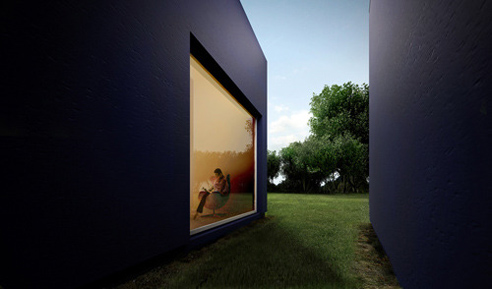



Posted: September 22nd, 2009
at 12:16pm by orangemenace
Tagged with tech, for real?, housing, new gable, dopeness
Categories: architecture,housing
Comments: No comments
Imaginary Suburban Landscapes

[Image: Walnut Village]
Created by artist Ross Racine, I don’t have much to say about these incredible suburban landscapes other than they’re sick – and, of course, my ninjas, please! Both playful and critical, Ross’ creations speak to both the best and the worst aspect of the suburbs – and are fun to look at. Amazingly, while you’re first reaction may be that nearly all of his imaginary suburbs are absurd, I found that after getting over the cartoonish quality that these plans are not necessarily so far fetched – and I truly believe that if shown to a suburban developer, a number of them would be built. I mean, who doesn’t want to live in a cloud? What?

[Image: Sunshine Acres]
Drawn freehand directly on a computer and printed on a high-end inkjet printer, my works do not contain photographs or scanned material.
The subjects of my recent work may be interpreted as models for planned communities as much as aerial views of fictional suburbs, referencing the computer as a tool for the urban planning as well as the image capture. Investigating the relation between design and actual lived experience, the works subvert the apparent rationality of urban design, exposing conflicts that lie beneath the surface. these digital drawings are a comment on the fears as well as the dreams of suburban culture.
~ Ross Racine, via

[Image: Dewdrop Village]
.:images by artist Ross Racine->
.:found over at the Infrastructurist->
Posted: September 9th, 2009
at 11:25am by orangemenace
Tagged with art, for real?, housing, illustration, suburbs
Categories: architecture,my ninja, please,housing,eye candy,illustration,suburbs
Comments: No comments
S-Project by Y.TOHME/ARCHITECTS

Designed as part of a residence in the mountains of suburban Beirut by Y.TOHME/ARCHITECTS, this incredibly dope cor-ten steel bridge leads to a sauna – and beyond that, a grouping of cabanas [seen below]. S-Project as a whole is a kind of deconstructed, or exploded, house – where the varying programs receive their own distinct, separated volumes. By treating the varying elements of the home in this way, Y.TOHME/ARCHITECTS brings nature and the surrounding woods directly into project – and the daily lives of the occupants.
And I mean, just look at that bridge illuminated at night – too sick.



I’m also really feeling these cabanas, even though – maybe because? – they look like their own project. Either way, the light, translucent, floating boxes are almost lantern-like – and look incredible staggered within the wooded hillside.

Posted: September 4th, 2009
at 12:38pm by orangemenace
Tagged with housing, lighting, metal, corten
Categories: architecture,housing
Comments: No comments




